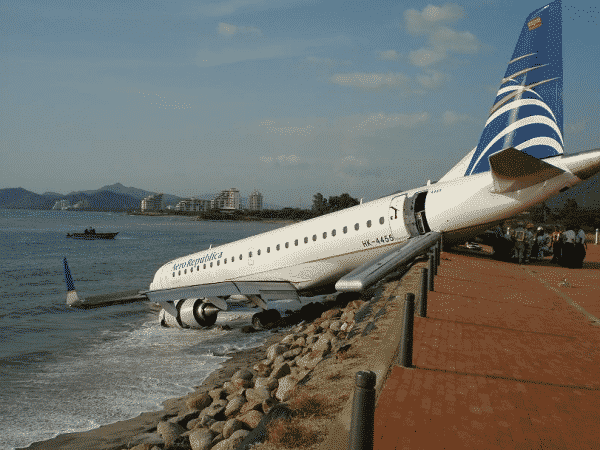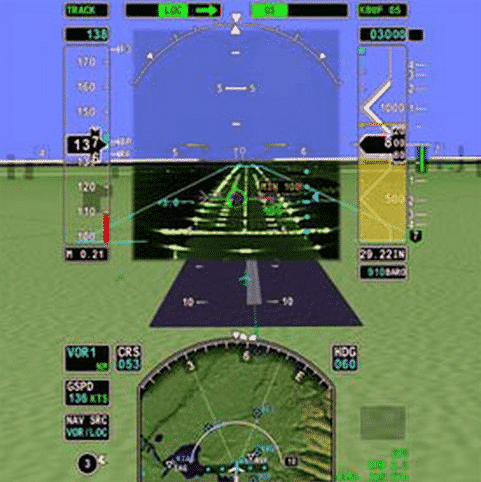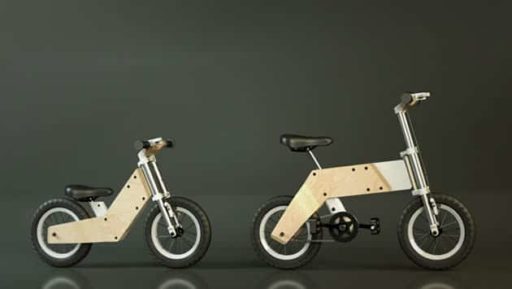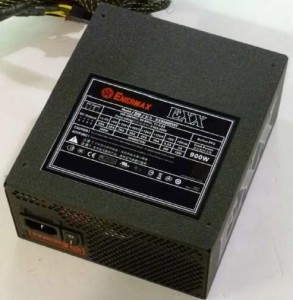Though having high technologies and advanced equipment, air crashing occurs. When a plane is going to land, a combination of radio signals and high-intensity lighting shows the pilot exactly where the runway is, even at night or in fog. But smaller commercial planes don’t have those technology. The pilots of those craft have to rely on existed instruments, along with their cockpit window view during landing. As not having high technologies, it may face a fatal situation in bad weather. In 2011, 4 commercial jets crashed into terrain or an obstacle. 140 passengers and crew died. The accidents are called ‘controlled flight into terrain.’
After the crashes, researchers understood, landings could be safer if new navigation displays had infrared imaging and 3D graphics. By adding this technology, it can save time and money by keeping flights on schedule even in rough weather that would normally require runway circling or flight rerouting. To ensure the safety of a plane’s landing, researchers are using 2 systems. One is Synthetic Vision Systems (SVSs) and the other one is Enhanced Vision Systems (EVSs).
About SVS :
This technology combines and leapfrogs two earlier technologies which is recently being installed on only smaller commercial craft. SVSs use terrain data culled from actual flights and stored in a database in order to create a 3D graphical interface on a screen in front of the pilot and co-pilot. It enables them to see a digital model of their surroundings even when their vision is obscured by darkness or clouds. SVSs also include information about the location of airports and runways, help pilots by guiding until they can establish visual contact with their landing destination.
“The primary purpose of SVS is to provide pilots with situational awareness—where the aircraft is, in relation to the terrain,” says Randy Bailey, lead aerospace engineer for flight deck interface technologies in NASA’s Aviation Safety Program at the agency’s Langley Research Center in Hampton, Va. Small planes do not have autopilot or automated landing systems like high-end corporate jets or jumbo airliners. NASA has been studying SVS since the mid 1990s to reduce accidents like aircraft slamming into the ground, water or an obstacle.
About EVS :
Enhanced Vision Systems (EVSs) use infrared cameras which is placed on or near the aircraft’s nose to enable nighttime vision on the pilot’s screen. According to the rules of Federal Aviation Administration (FAA), “by the time pilots descend to within about 60 meters of the ground they must be able to see the runway—or at least the runway lights at night or in cloudy conditions—in order to land their aircraft.” But recently the FAA has changed some rules for EVS-equipped aircraft. “Even if a pilot cannot see the runway or its lights at 60 meters, he is allowed to continue descending using the EVS until he gets to an altitude of about 30 meters. At that point, if he can see the runway or lights with his own eyes (not via EVS), he can land. Otherwise, he has to abort and take another approach, or circle and wait for the sky to clear.” Depending on fuel capacity, it will give the priority, which plane would land first. To be noted, only about 1,000 aircrafts are equipped with EVS today. check out the video. This will help you better understanding.
About CVS :
Through ‘Combined Vision System’ (CVS) the pilot can see a mashup of 3D graphics and infrared imagery. Individually, both SVS and EVS have limitations. As SVS is driven by stored databases, it may not display the latest changes in terrain, obstacles and urban feature data. And the infrared cameras in EVS cannot see through clouds or fog, and they also have a limited field of view that restricts the image to a small area. In a craft including CVS, the pilot’s screen features an infrared EVS image embedded within a larger SVS image. The EVS image can vary in size but is trimmed during landings to a narrow area in front of the aircraft to help focus the pilot’s attention on the runway “without distracting him or her from other unnecessary clutter,” says Trish Ververs, a technology fellow in Honeywell Aerospace‘s Advanced Technology division specializing on crew interface and platform systems.
The CVS is being expected to be certified by the FAA very soon. To know more, click here. Hope so, there will be no crashing further.
Source : ScientificAmerican
Image Credit : Courtesy of NASA Langley
[ttjad]





